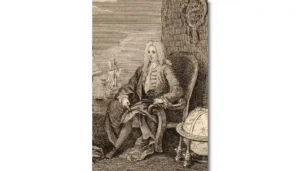
Adventurer: Woodes Rogers
Just after three frigates under his command had captured the Spanish galleon Nuestra Senora de Encarnacion (which he renamed Bachelor), British privateer Woodes Rogers arrived

Just after three frigates under his command had captured the Spanish galleon Nuestra Senora de Encarnacion (which he renamed Bachelor), British privateer Woodes Rogers arrived

William Dampier was an English buccaneer, sea captain, chronicler (he kept a detailed journal of his travels), and scientific observer in the 17th century. Considered
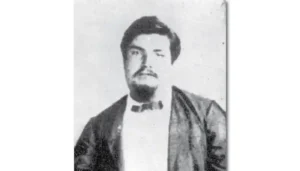
William “Bully” Hayes was a blackbirder (slave trader) and criminal who in the 19th century terrorized the inhabitants of Micronesia for many years. He was
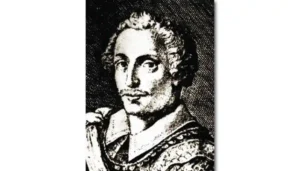
The next recorded visitor to the Mariana Islands after explorer Ferdinand Magellan, was British adventurer Thomas Cavendish in 1588 aboard The Desire. He traded briefly,
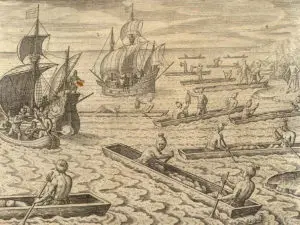
John Eaton and William Ambrosia Cowley, English pirates, visited Guam in March 1685. Jesuit Father Juan Tilpe wrote in a letter that the ship was
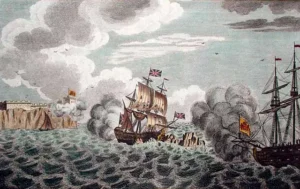
Although the word “pirate” is used in early documents, secondary literature on Guam’s history has also referred to these pirates as “adventurers,” “buccaneers” and “privateers,”
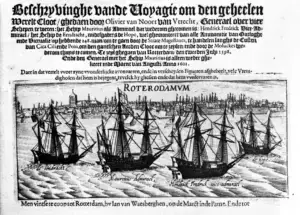
In 1597 the Dutch began raiding into the Pacific, hoping that by attacking the Spanish colonies and ships they could force the Spanish to grant

John Clipperton, a British pirate who was made captain of one of the Spanish ships taken by William Dampier in 1704, came to the Marianas
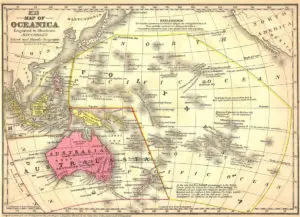
In the Pacific, no other group of people was more reviled than the beachcomber. Considered degenerate characters, they have been charged with infecting islanders with